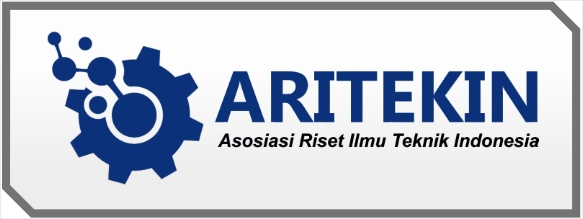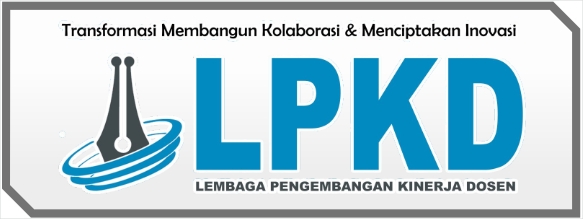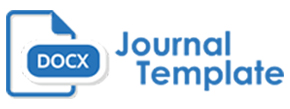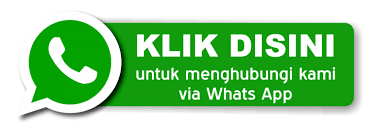Digital Asset Analysis, Design, Develop And Deliver For LMS According To Scorm Standard, Case Study: Vocational High School Of Software Engineering
DOI:
https://doi.org/10.55606/jeei.v3i3.2216Kata Kunci:
e-Learning, SCORM, Aset Digital, LMS, Sekolah Menengah KejuruanAbstrak
In this study, we evaluated the limitations of using learning resources that can be used in a Learning Management System (LMS) platform, which cannot be packaged and can be used again in processing, combining, and rearranging learning based on learning objects that already exist in different LMS platforms. Studying content with formats other than SCORM is not easy adapted to the needs because the content must be reorganized every time using a different platform. Therefore, it is necessary to analyze and design learning according to the SCORM format to meet the ISO 19796-1 standard platform. This standard has the ability to share, reuse, and interoperate learning objects. The challenge in the world of education today is how to build a knowledge-based society. The building of e-learning plays an important role. Currently, the e-learning portal is a very diverse learning management system (LMS) platform used by schools or tertiary institutions. In addition, the types of learning resources and content are also diverse. It does not meet the e-material design requirements based on mechanisms that can be shared, reused, and operated on different platforms to meet the granularity element. The results provide insight and highlight the mismatch between digital learning and digital asset standards, especially in Indonesia. This helps us analyze, design, develop, and submit digital assets for electronic learning materials in vocational high school software expertise programs in accordance with SCORM Standards.
Referensi
Bohl, O., Schellhase, J., Sengler, R., Winan, U. 2002. The Sharable Content Object Reference Model (SCORM) - A Critical Review. Proceedings of the International Conference on Computers in Education. IEEE. https://doi.org/10.1109/CIE.2002.1186122
Chaeruman, Uwes a., 2008. Encouraging the Application of e-learning in Schools. Teknodik Journal Vol. XII No. June 1, 2008
Dikti, 2012, Guidelines for e-Material Development, Ministry of Education and Culture.
Dodds, P. , 2001. The SCORM Content Aggregation Model. Advanced Distributed Learning. http://xml.coverpages.org/SCORM-12-CAM.pdf
McGuinness, C. Fulton, C. 2019, Digital Literacy In Higher Education: A Case Study Of Student Engagement With E-Tutorials Using Blended Learning, Journal Of Information Technology Education : Innovations In Practice Vol 18. https://doi.org/10.28945/4190
Mackenzie, G. 2004. SCORM 2004 Primer A (Mostly) Painless Introduction to SCORM Version 1.0.
Mulyanto, A. R., 2008, Software Engineering for Vocational High Schools, Directorate of Vocational Middle School Development.
Rice, W. 2015. Moodle e-Learning Course Development, complete guide to successful learning using Moodle. Birmingham-Mumbai: PACKT Publishing. https://moodle.tneu.edu.ua/pluginfile.php/24988/mod_resource/content/3/Moodle%20-%20E-learning%20course%20development.pdf
Srimathi, H, Srivatsa, S.K, 2008., Design of Virtual Learning Environment Using Scorm Stand- ards, Journal of Theoretical and Applied Information Technology, 2008.
Witthaus, G. 2009., The Implications of SCORM Conformance for e-Learning Workplace, Electronic Journal of e-Learning Volume 7 Issue 2 2009, ISSN-1479-4403



.png)
.png)










